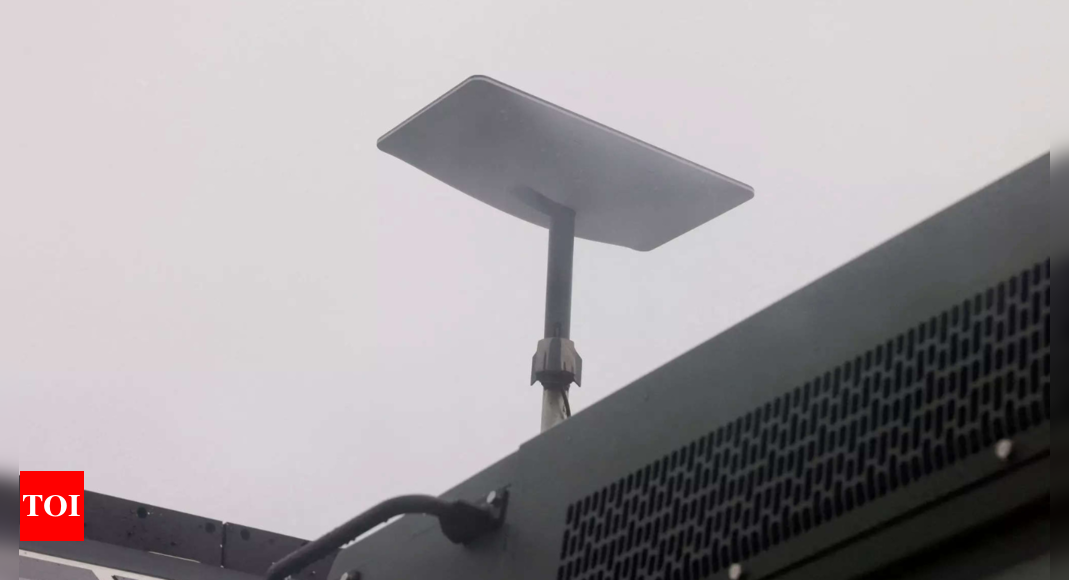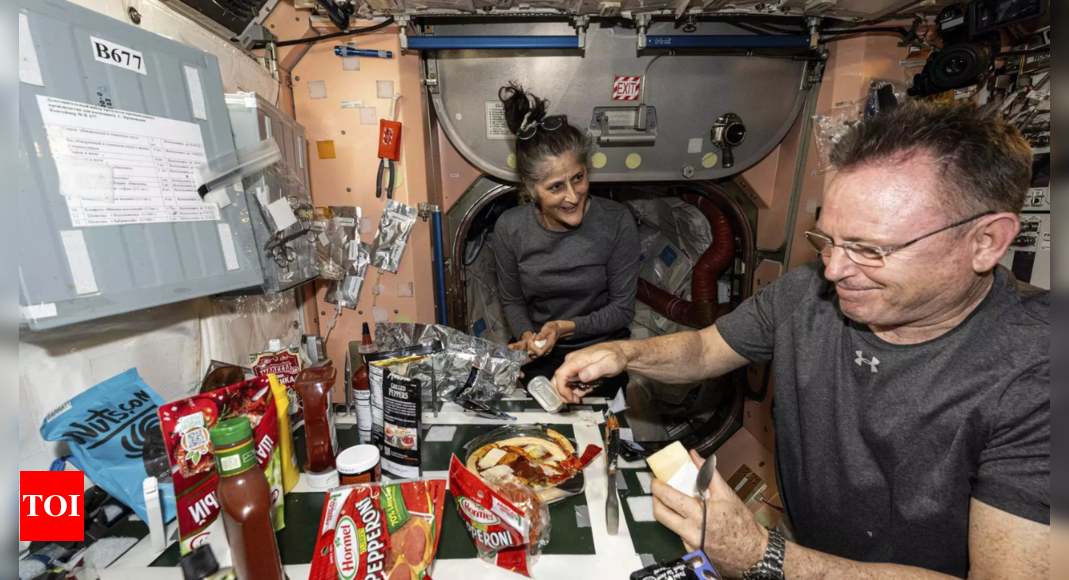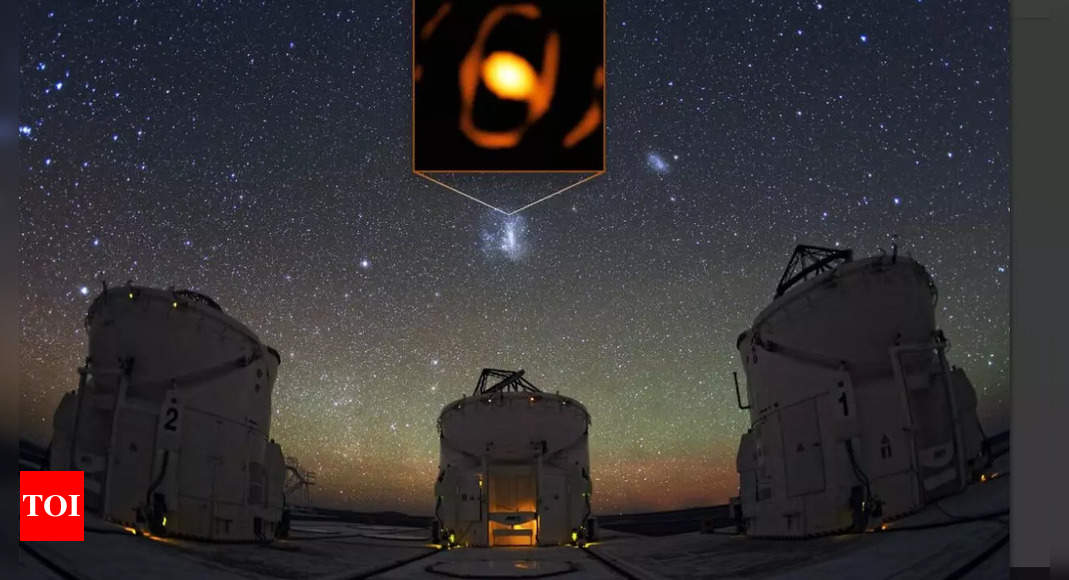
BEIJING: A Chinese state-owned enterprise is close to launching the first batch of satellites for a mega constellation designed to rival US company Space X’s Starlink‘s near-global internet network, a state-backed newspaper reported on Monday.
A successful launch would mark an important step in Beijing’s strategic goal of creating its own version of Starlink, a growing commercial broadband constellation that has about 5,500 satellites in space and is used by consumers, companies and government agencies.
The competition to occupy Earth’s lower orbits also has military implications, with the potential to affect the balance of power between warring countries.
The launch, led by Shanghai Spacecom Satellite Technology (SSST), will take place at Taiyuan Satellite Launch Centre, one of China’s main satellite and missile launch centres, located in the northern province of Shanxi, the China Securities Journal reported.
The launch is part of SSST’s “Thousand Sails Constellation” plan, also known as the “G60 Starlink Plan”, which began last year and aims to deploy more than 15,000 low Earth orbit (LEO) satellites.
SSST did not immediately respond to a request for comment on the report.
LEO satellites usually operate at altitudes of 300km to 2,000km from the Earth’s surface and have the advantage of being cheaper and providing more efficient transmission than satellites at higher orbits.
Starlink, operated by billionaire Elon Musk, has tens of thousands of users in the United States so far and plans to add tens of thousands more satellites to its system, which is the largest of its kind.
Chinese researchers in the People’s Liberation Army (PLA) have over the past two years studied the deployment of Starlink in the war in Ukraine and repeatedly warned about the risks it poses to China, should the country find itself in a military conflict with the United States.
In January, an op-ed published in a PLA mouthpiece described the deployment of Starlink as a “serious threat to the security of space assets of various countries”.
SSST’s “Thousand Sails constellation” is one of three “ten-thousand star constellation” plans China is hoping will allow it to close the gap with SpaceX.
SSST’s plan is to launch 108 satellites this year, 648 satellites by the end of 2025, provide a “global network coverage” by 2027, and get to 15,000 satellites deployed before 2030.
A successful launch would mark an important step in Beijing’s strategic goal of creating its own version of Starlink, a growing commercial broadband constellation that has about 5,500 satellites in space and is used by consumers, companies and government agencies.
The competition to occupy Earth’s lower orbits also has military implications, with the potential to affect the balance of power between warring countries.
The launch, led by Shanghai Spacecom Satellite Technology (SSST), will take place at Taiyuan Satellite Launch Centre, one of China’s main satellite and missile launch centres, located in the northern province of Shanxi, the China Securities Journal reported.
The launch is part of SSST’s “Thousand Sails Constellation” plan, also known as the “G60 Starlink Plan”, which began last year and aims to deploy more than 15,000 low Earth orbit (LEO) satellites.
SSST did not immediately respond to a request for comment on the report.
LEO satellites usually operate at altitudes of 300km to 2,000km from the Earth’s surface and have the advantage of being cheaper and providing more efficient transmission than satellites at higher orbits.
Starlink, operated by billionaire Elon Musk, has tens of thousands of users in the United States so far and plans to add tens of thousands more satellites to its system, which is the largest of its kind.
Chinese researchers in the People’s Liberation Army (PLA) have over the past two years studied the deployment of Starlink in the war in Ukraine and repeatedly warned about the risks it poses to China, should the country find itself in a military conflict with the United States.
In January, an op-ed published in a PLA mouthpiece described the deployment of Starlink as a “serious threat to the security of space assets of various countries”.
SSST’s “Thousand Sails constellation” is one of three “ten-thousand star constellation” plans China is hoping will allow it to close the gap with SpaceX.
SSST’s plan is to launch 108 satellites this year, 648 satellites by the end of 2025, provide a “global network coverage” by 2027, and get to 15,000 satellites deployed before 2030.









